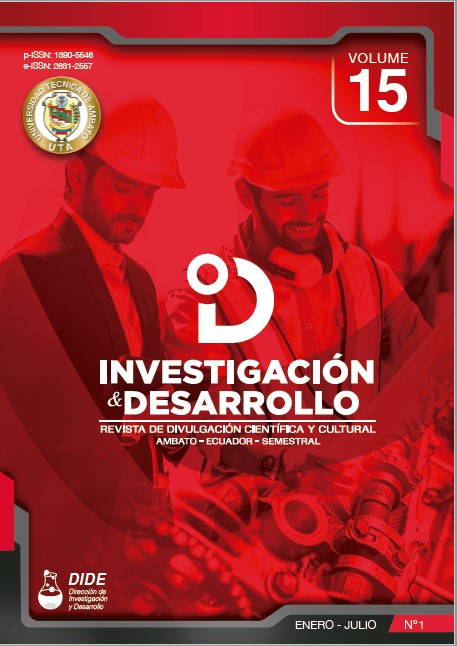Desempeño de edificios de acero con masas de agua en movimiento concentradas en azotea, durante sismos intensos
Contenido principal del artículo
Resumen
El análisis de masas de agua en movimiento ubicadas en la azotea de edificaciones es un tema relevante en la ingeniería estructural, pues a menudo son causantes de daños severos durante eventos sísmicos intensos. Usualmente, este efecto es ignorado en el diseño sismorresistente. En el presente estudio, se abordó este problema a través del análisis dinámico no lineal (ADNL) de una estructura de marcos de acero de 15 pisos, sometida a un set de 7 registros de sismos de subducción chilenos escalados al espectro de diseño de NCh433. La edificación se representó mediante un modelo numérico bidimensional en el software OpenSEES, mientras que se utilizó el modelo desarrollado por Housner y la norma ACI350.3 a fin de representar el comportamiento hidrostático e hidrodinámico del agua en reposo y en movimiento respectivamente. Los resultados obtenidos muestran que además de modificarse los parámetros modales, el efecto del oleaje incrementa la demanda aceleración máxima de techo en un 30% y en un 10% los máximos desplazamientos y derivas de piso. Asimismo, la deformación residual obtenida al final del evento se incrementa considerablemente (63%), alcanzándose un mayor grado de daño estructural reflejado en la incursión inelástica de los elementos.
Artículo recibido: 09/09/2021
Artículo aceptado: 11/11/2021
Descargas
Detalles del artículo

Esta obra está bajo una licencia internacional Creative Commons Atribución 4.0.


